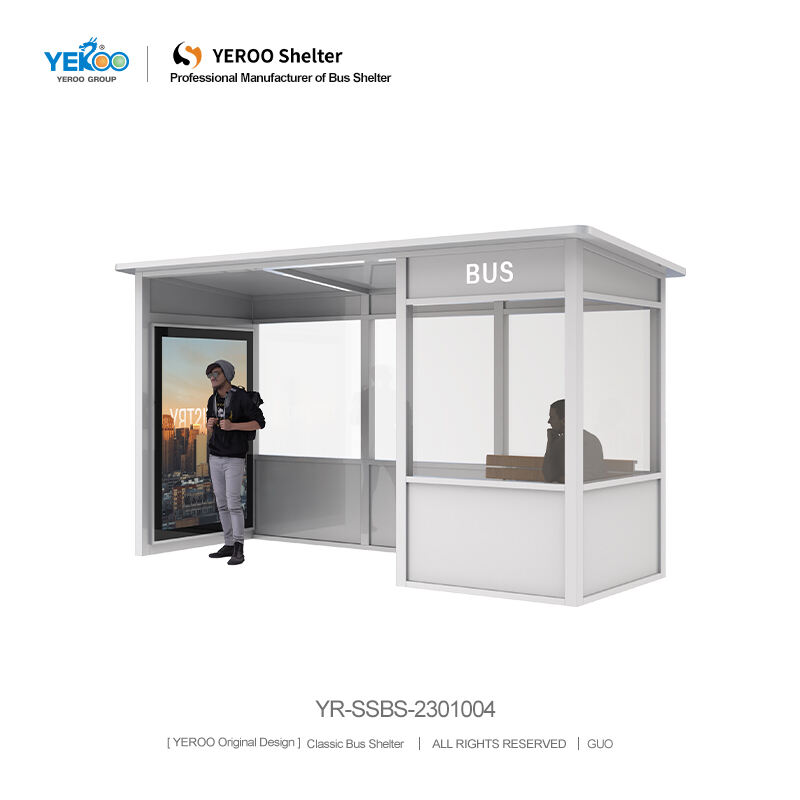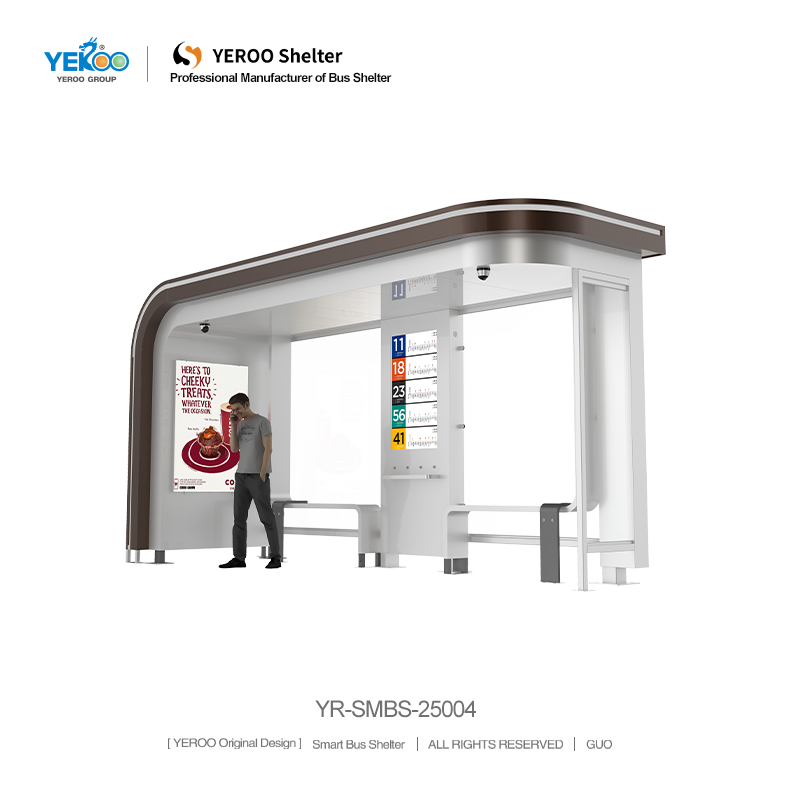Why Is a Public Bus Shelter an Essential Part of Urban Infrastructure
Urban planning affects the lives of people in the city. The public bus shelter is a key part of urban infrastructure. To someone taking public transport, a bus shelter is not just a bus waiting area; it is a space that brings that person a little more comfort, safety, and convenience. The more a city expands, and the more the public transport system is used, the more essential the public bus shelter becomes. Public bus shelters show that a city is committed to transport equity and inclusive urban design, and to providing people with high-quality public infrastructure. Regardless of the time of year or the weather, public bus shelters offer a safe space to wait, making the everyday journey a little easier for millions.

Keeping Commuters Safe from Extreme Weather
Public bus shelters keep commuters safe from extreme weather conditions. Thoughtfully designed bus shelters provide shade and protection from the extreme sun to keep people waiting for the bus comfortable and to help prevent sunstroke. In the heavy rains and snows, the shelters provide warmth and keep people dry so they don’t need to huddle under an umbrella or brave the conditions. During extreme winds, the bus shelters help break the wind and provide some shelter and comfort. Without protected shelter from the elements, people, and especially the elderly, children, and disabled, would have to endure the elements and public transport would become much more inaccessible. In this way, public transport stays accessible to all, no matter the weather.
Improving Safety and Security for Commuters on the Go
Urban commuters prioritize their personal safety, and a public bus shelter can relieve some of the concerns, especially regarding wait times. Well-lit public bus shelters equipped with proper lighting fixtures help mitigate careless safety risks such as theft or harassment during dawn and dusk. Surveillance cameras and emergency call buttons become the 'fences' of the bus shelter. Also, the bus shelter reduces the chances of commuters spilling over into the busy sidewalks and road edges. It especially helps for reducing the channelizing and edge accidents with vehicles. Solo commuters show their preference for public transport more if there is a bus shelter, largely for the feeling of safety and a sense of security that makes available public transport more preferable compared to private vehicles.
Enhancement of the efficiency of public transport systems
Bus shelters frequently help the public transport systems just as much as they help the commuters they serve directly. The clear and helpful signage in the public bus shelters—such as route maps and lists of bus arrival times and stop names—reduces confusion and helps commuters gain the information they need efficiently. This helps commuters quickly board the right bus and minimizes the time they spend idly looking at their phones. Having helpful information helps commuters wait calmly at the public bus shelter and reduces the chances of bus runners missing their buses. This helps bus drivers meet their schedules, and less time spent waiting at bus stops increases the reliability of the service, attracting more commuters and public transport users. This helps ease the road congestion in the city. Therefore, these public bus shelters play an important role in the efficiency of the public transport systems as a whole.
Reflecting a City’s Commitment to Inclusivity and Livability
The provision and condition of public bus shelters speaks volumes about a city’s dedication to inclusivity and livability. For instance, a public bus shelter that is well maintained and equipped with accessibility features like ramps, seating designed for the elderly, and space for strollers is a sign that a city values transport equity. Public transport that meets the needs of all members of society, including those who are able bodied, fosters a sense of belonging for citizens who value recognition. Furthermore, the addition of public bus shelters that enhance the aesthetics of a city, such as clean designs and local artwork, will attract new residents in addition to improving the quality of life of current residents and visitors.



